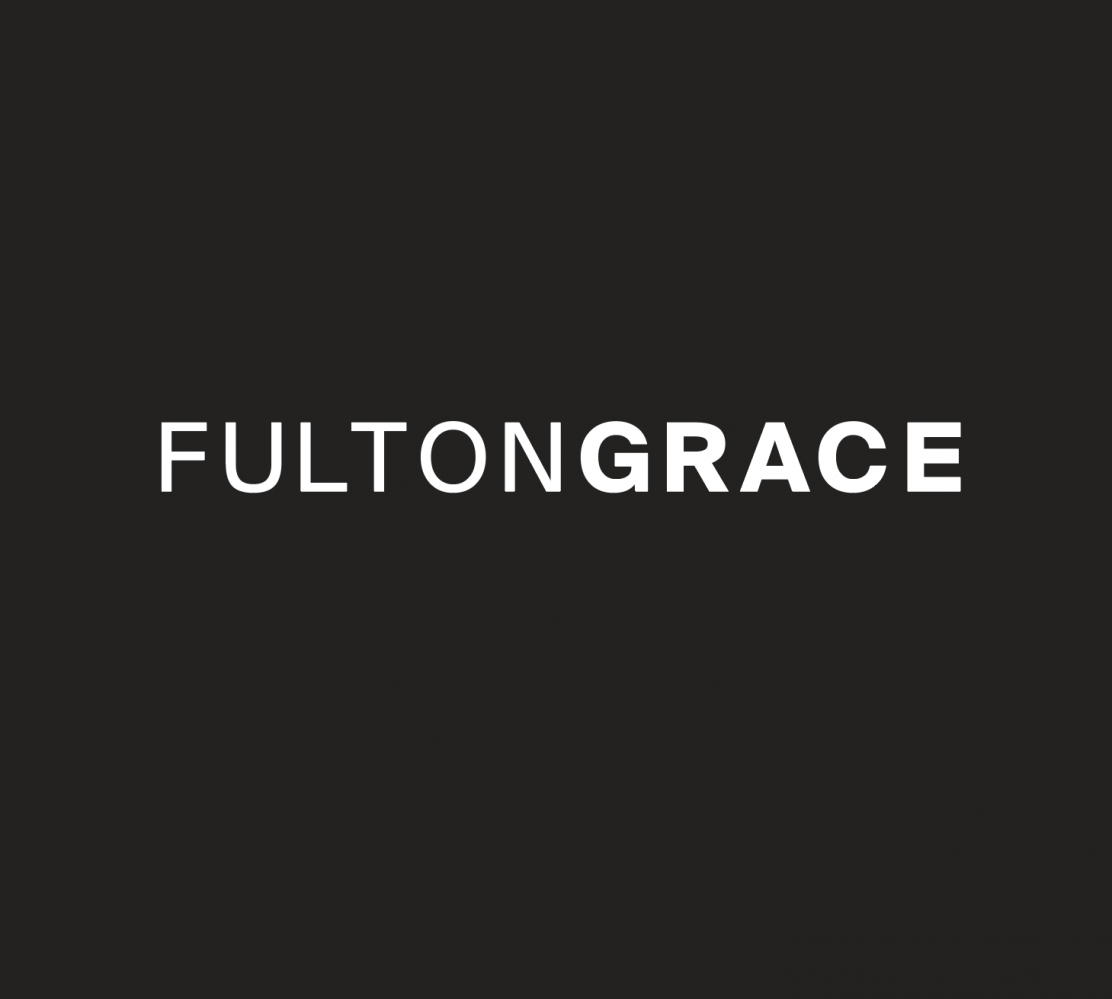In 2017, Avondale was named one of the hottest neighborhoods in the US. It’s been described with words like urban, authentic, and vibrant. The neighborhood is home to St. Hyacinth Basilica, one of only three basilicas in Chicago, and is often referred to as “the neighborhood that built Chicago.” But, like any other neighborhood, Avondale has taken years to become what it is today. Let’s step back in time to take a brief walk through the history of Avondale.

The first European settler in Avondale was Abraham Harris who settled the area three years after its 1850 incorporation into Jefferson Township. In 1869, Avondale was incorporated as a village. It has been speculated that developer and Pennsylvania native John Lewis Cochran named the village in honor of the miners and rescue workers who died in the Avondale coal mine fire. Atypical for the time, Avondale was racially integrated in the nineteenth century with twenty African American families moving to the area and building Avondale’s first church in the 1880s.[2] Avondale, along with the rest of Jefferson Township, was annexed by the City of Chicago in 1889. This group swelled to 70 by 1880, but by 1920, only one African American family remained; the rest had moved to Bronzeville.

Factories and other industries sprang up around the start of the 20th century due to the Chicago River and Avondale’s dense network of transportation corridors that were built in the 1870s and improved after its annexation into Chicago including replacement of cable cars with electric powered streetcars. The resulting jobs in the area were responsible for drawing the initial wave of European immigrants. The collapse of Communism in Eastern Europe witnessed an influx of Eastern European immigrants such as Czechs, Slovaks, Ukrainians and Belarusians, particularly alongside Poles in the “Polish Village”. A strong Filipino community became present in Avondale as well, thanks to Chicago’s Filipino TV outlet.[10] Latino settlement beginning in the 1980s led to an increase in Avondale’s Hispanic population from 37.6% in 1990 to 62.0% in 2000, with increased numbers of Mexicans, Puerto Ricans, and Central American immigrants.

Due to gentrification, the last decade has seen a reversal of this trend, as the non-Hispanic white population has been expanding faster than the Hispanic population. Today, Avondale offers the feeling of a tight-knit community along with a wide variety of dining and entertainment options, making it the perfect place to call home! Many of the burgeoning hot spots are also popping up in this neighborhood, along with top Chicago breweries. All this was concluded to Avondale being named one of the top up and coming neighborhoods in the Nation, according to Lonely Planet.

WHO IS FULTON GRACE?
We are one of Chicago’s leading providers of comprehensive real estate services. We are home to an ever-growing team of savvy & reputable local realtors, seasoned property managers, and customer-service-oriented staff. Whether you’re looking to find a new home, sell your home, or have your property managed, let us be your trusted real estate advisors.
